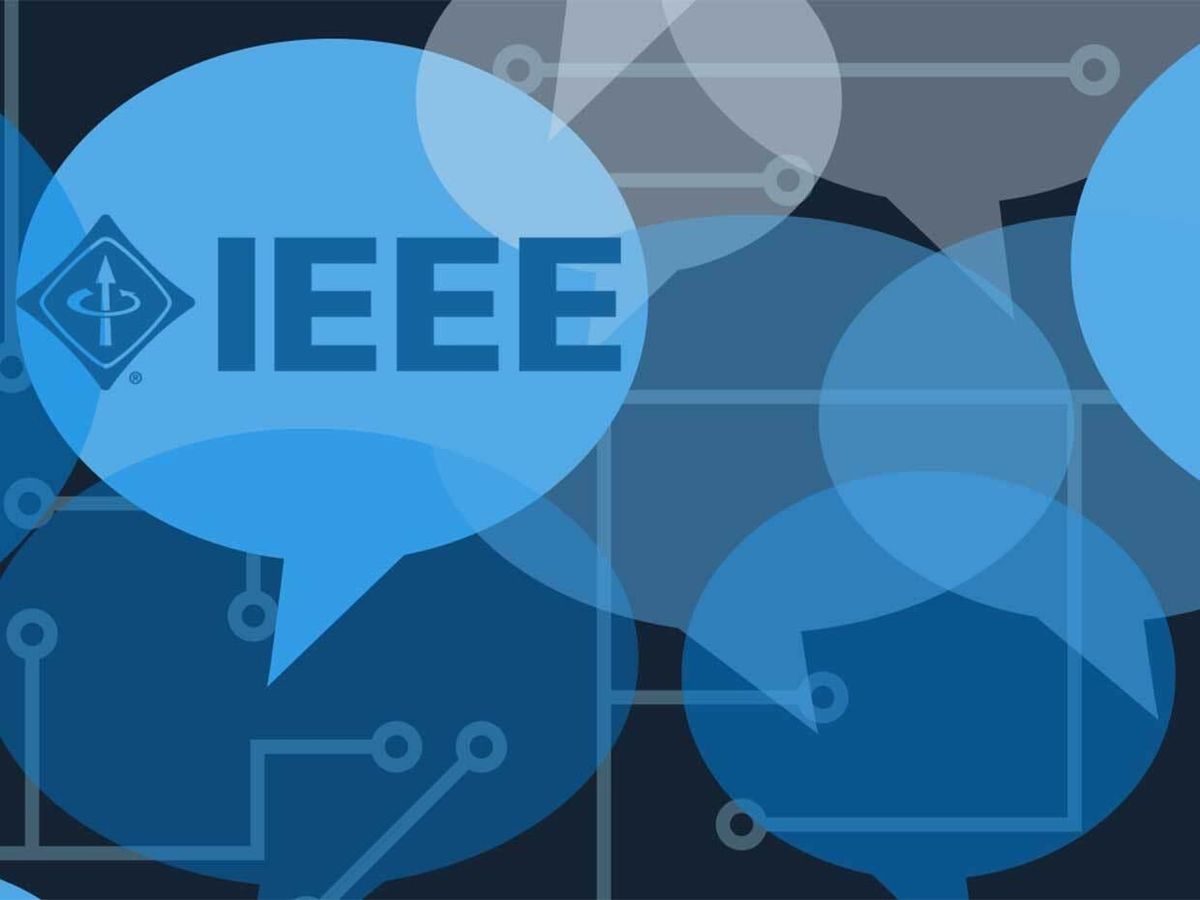In the rapidly evolving landscape of technology and engineering research, the pursuit for high-quality academic resources is akin to navigating a labyrinthine library, where each corner reveals a trove of knowledge waiting to be explored. While IEEE Publications have long stood as a monolith within this domain, offering a wealth of peer-reviewed articles, conference papers, and journals, it is essential to acknowledge the existence of alternative repositories that not only rival IEEE in quality but also diversify the intellectual palate of researchers and practitioners. This discourse elucidates several prominent alternatives to IEEE, each offering unique attributes that may oftentimes surpass conventional expectations.
First on the list is the ACM Digital Library. The Association for Computing Machinery (ACM) burgeons with a formidable collection of resources tailored specifically for computer science and information technology. Like a vault brimming with invaluable manuscripts, the ACM Digital Library houses over two million articles, including conference proceedings and journals. Its user-centric design facilitates efficient navigation, allowing researchers to seamlessly uncover pertinent studies. Perhaps most alluring is the breadth of interdisciplinary collaboration fostered by the ACM, encouraging synergy between practical implementation and theoretical exploration. This aspect further solidifies ACM as a complementary resource to IEEE, particularly for those entrenched in software engineering and computational methodologies.
Another distinguished alternative is the SpringerLink platform, renowned for its expansive academic repository that encompasses a diverse array of fields, including engineering, mathematics, and the physical sciences. SpringerLink operates similarly to a vast ocean, teeming with knowledge where researchers can glean insights from a multitude of disciplines. The multidisciplinary nature of SpringerLink is particularly noteworthy; it acts as a bridge, allowing for transdisciplinary research where, for example, advancements in materials engineering might elucidate novel approaches in artificial intelligence. The availability of high-impact journals, coupled with user-focused features like personalized alerts, renders SpringerLink a powerful alternative that resonates well with a wide spectrum of researchers.
In the realm of scholarly publishing, one cannot overlook Elsevier’s ScienceDirect. Much like a multifaceted gem, ScienceDirect offers a kaleidoscope of research articles, reviews, and book chapters across various disciplines, emphasizing life sciences and engineering. This platform provides a user-friendly interface that enhances the experience of sifting through voluminous data, thus allowing researchers to hone in on specific topics of interest with admirable efficiency. The integration of innovation in its publication practices—particularly the promising shift towards open access with Elsevier’s array of journals—positions ScienceDirect as an alluring alternative for those advocating for a more equitable dissemination of knowledge.
Moving away from mainstream publishers, we arrive at the arXiv.org preprint repository. This platform functions as an avant-garde library, where researchers can share their findings prior to formal peer review. Catering primarily to the fields of physics, mathematics, and computer science, arXiv embodies the spirit of academic collaboration and rapid dissemination of groundbreaking ideas. It acts as a crucible for intellectual experimentation, enabling researchers to receive feedback and foster discussions before formal publication. This interaction between authors and the community cultivates an environment ripe for innovation, marking arXiv as a quintessential alternative for those who embrace the dynamism of scientific inquiry.
Furthermore, the Open Science Framework (OSF) emerges as a progressive alternative, promoting transparency and reproducibility in research. OSF operates as an integrative platform where researchers can manage their projects, share data, and disseminate findings with ease. Its collaborative features evoke a sense of interconnectedness, much like strands weaving together to form a cohesive tapestry of knowledge. By championing open science practices, OSF enhances the research ecosystem, allowing scholars to share not only their results but also methodologies and raw data—an initiative that resonates particularly with the contemporary shift toward accessibility in academia.
Additionally, for those delving into the rich tapestry of engineering disciplines, MDPI’s Journals represent a robust alternative. The Multidisciplinary Digital Publishing Institute (MDPI) has burgeoned into a prominent open-access publisher with a portfolio of over 300 journals, covering a myriad of scientific fields. MDPI’s commitment to rapid publication enhances the traditional dissemination timeline, catering to the urgent demands of contemporary research. The reader-centric model encourages engagement and broad access, positioning MDPI as an attractive avenue for researchers looking to disseminate their work widely and efficiently.
Finally, the niche realm of engineering and technology can also benefit from the PLOS ONE journal, which champions a unique publication paradigm. By adopting an inclusive policy that favors the quality of research over specific field boundaries, PLOS ONE serves as an essential resource for cross-disciplinary research. Its open-access model empowers researchers worldwide to access and contribute to the pool of scientific knowledge without financial barriers. Like a vibrant marketplace of ideas, PLOS ONE encapsulates the essence of collaborative science, striving to enrich the global community with diverse perspectives and innovations.
In conclusion, while IEEE has undeniably established itself as a pillar of academic excellence in engineering and technology, the plethora of alternatives available invites researchers to broaden their horizons. Each alternative not only offers distinct features that cater to specific academic needs but also enriches the overall landscape of scientific inquiry. By understanding and leveraging these resources, scholars can harness a more nuanced foundation for their work, fostering a thriving ecosystem where knowledge flourishes in its myriad forms. The journey through the world of academic publications can indeed be as illuminating as the discoveries researchers strive to unveil.












